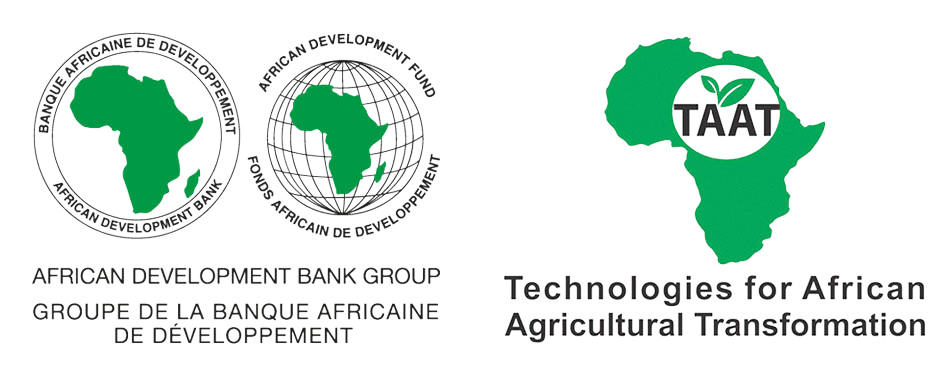The Sweet Potato Compact’s Technology Toolkits
This Compact is led by the International Potato Center (CIP) with partnerships in eight countries located in Central, East, Southern and West Africa. Its toolkits are based upon the widespread release and popularization of the Orange-Fleshed Sweet Potato (OFSP), a color that signals its Vitamin A content. This vitamin is deficient in many diets across Africa, in part due to shortcomings in access to assorted vegetables, resulting in a Compact primarily focused upon nutritional security in both rural and urban areas. Much progress was made in developing sweet potato technologies in past years, but incomplete consumer experience resulted from the earliest “softer” varieties, but now firmer textured traits are available and meet consumers’ satisfaction.
Sweet potato is propagated by vine cuttings and a system to deliver disease-free propagules is in place. First national authorities maintain virus-free germplasm banks for distribution to both commercial and community-based multipliers growing OFSP primarily for cuttings. These cut vines are sold to farmers and planted for tuberous root production. The profitability of this propagation system is well established. The vines are planted on hills or raised beds fertilized with mineral and organic fertilizers that improve recovery of roots.
Small-scale tillers and paddle weeders assist in bed preparation. As tubers fill, a specialized fertilizer blend (RFC-Root) meets the crops changing nutritional needs, particularly increased demand for potassium. For such a succulent plant, sweet potato exhibits surprising resistance to short-term drought, a trait that is being improved through the release of new drought tolerant varieties.
Because of the crops trailing habit, raised beds and hills are spaced far apart, offering an entry for weeds but this is reduced through mulching and the use of mechanical weeders. IPM technologies are available that reduce vectors of virus disease, particularly the Feathery Mottle Virus. Producers that maintain crop sanitation measures are able to produce their own cuttings, and to distribute them to neighbors, greatly accelerating dissemination. Upon harvest, both the tubers and green shoots have value, the latter as livestock feed. Silage technologies are available for this second purpose. Several processing opportunities exist for OFSP, particularly as puree for addition to processed foods, including baked products. The tubers may also be processed into snacks. OFSP offers a breakthrough in Africa’s nutritional security, in large part through its ready introduction into small scale-farming systems and its compatibility within both traditional and modernizing diets.

